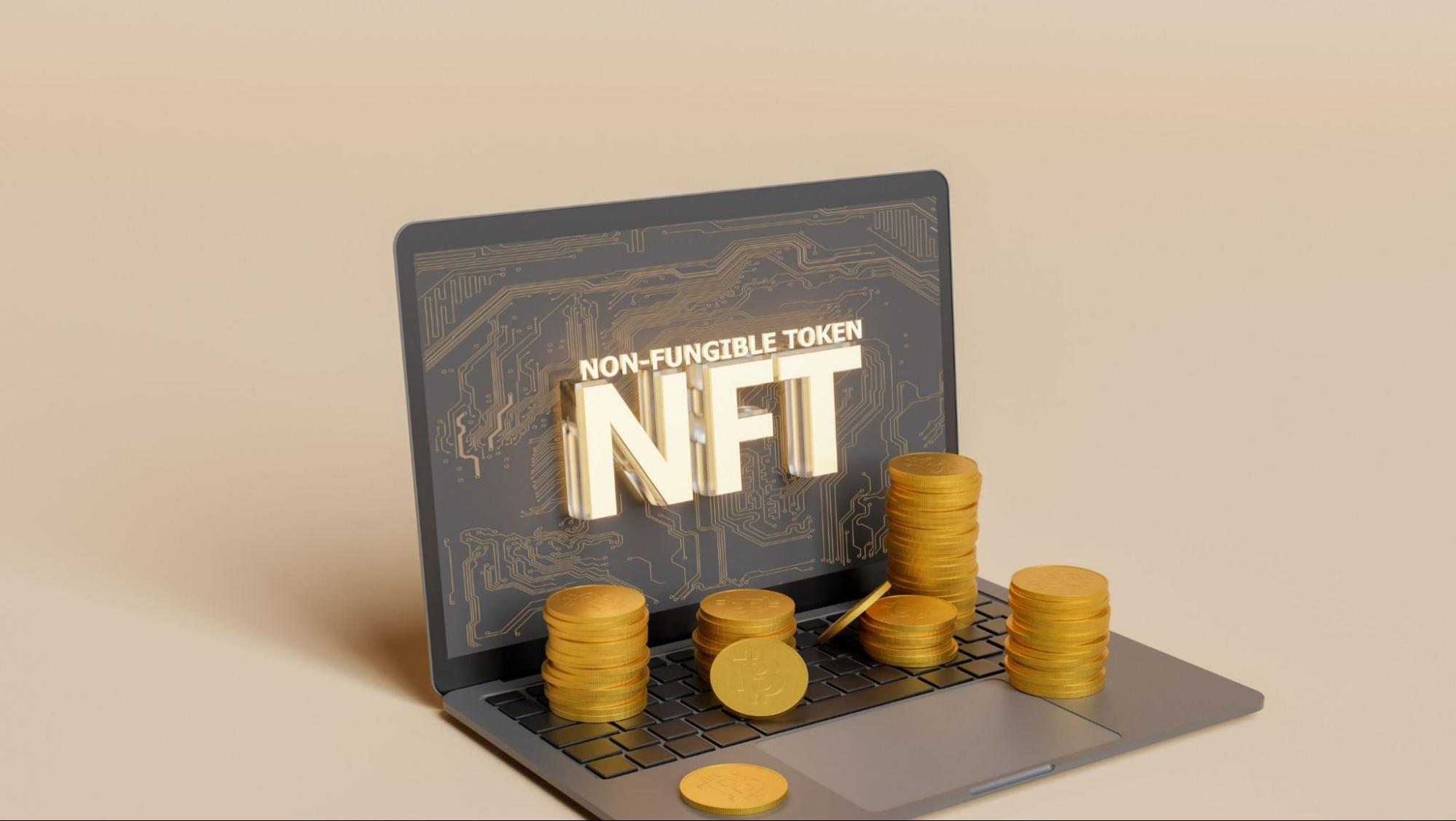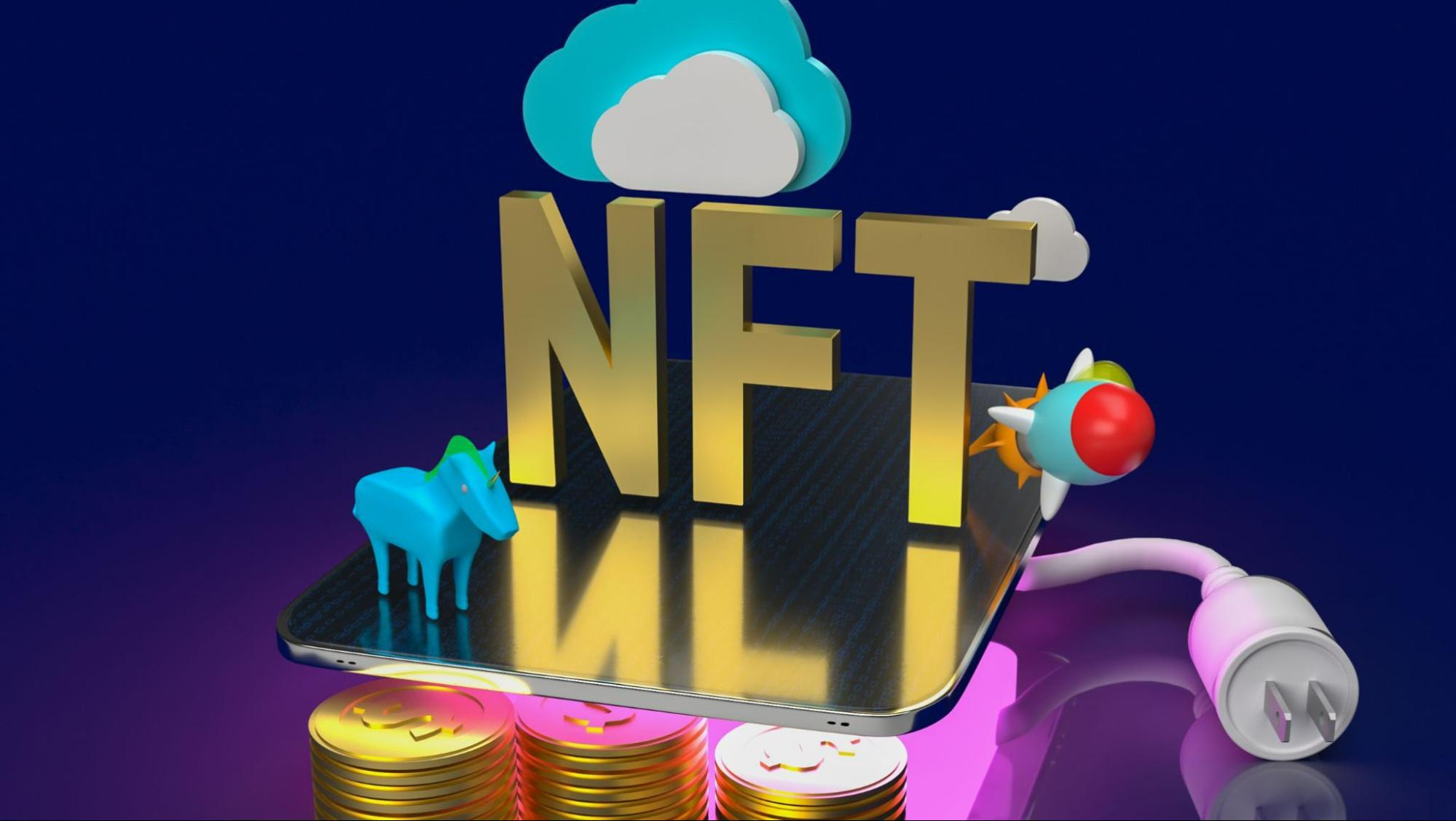When the Ethereum blockchain got the chain off the ground and running, the world embraced NFTs, budding, unique, blockchain-enabled cryptographic digital assets that represent music, video, and images, to name a few. Even now, they’re notable favorites among the cryptocurrency community. Ethereum and the ERC-721 standard were paramount to the development, adoption, and evolution of NFTs, but the concept of NFTs can be traced back to Colored Coins, which encouraged the community to identify additional use cases for the Bitcoin blockchain. In 2012, devs wrote a whitepaper that laid the foundation for advancing digital tokens that can scale and even rival the likes of Ethereum.
First, There Were Colored Coins, Then Came Counterparty, Built As A Derivative Of Bitcoin
Yoni Assia, Meni Rosenfield, and Vitalik Buterin were among the authors of the Colored Coins whitepaper that suggested it’s possible to “color” Bitcoins to give them distinct features and make them stand out from the rest. You can add an overlay (i.e., open asset) to the blockchain to create immutable tokens. Though Colored Coins never took off, they inspired the tokenization of real-world assets on the blockchain using Bitcoin’s OP_RETURN script, enabling arbitrary data to be included in a transaction’s output. Among the most noteworthy projects launched at the time was Counterparty, which helped people acknowledge that Bitcoin’s design can be applied to any asset/transaction that entails a degree of verification.
Counterparty gave rise to the creation of custom tokens and the execution of smart contracts, which allowed for even more complex assets to be created. It democratized finance by providing secure, trustless, and open financial tools, therefore extending the functionality of the Bitcoin blockchain. Counterparty had the potential to become great, introducing new layers of abstraction beyond mere currency, but it sought to do too much at once and didn’t have the same level of hype or demand Ethereum has today. Nevertheless, it has a dedicated community that keeps on working on the platform and a large pool of enthusiasts who are eager to tell everyone how to buy Ethereum.
Bitcoin NFTs Are Made Possible By The Ordinal Protocol Developed By Casey Rodarmor
The Bitcoin network, recognized for its focus on digital currency and peer-to-peer (P2P) payments, launched the Ordinals protocol on January 21, 2023, to empower the next generation of Web3 developers to mint NFTs directly onto the blockchain, allowing for each satoshi to be identified and transacted with additional data via a process called Inscription. The emergence of Ordinals sparked a wave of innovation within the Bitcoin ecosystem, notably through various Layer-2 implementations that include ZK rollups, anchored chains, sidechains, liquidity pools, etc.
The Ordinals protocol was advanced by Casey Rodarmor, a prominent Bitcoin developer who proposed incorporating data or content into satoshis, making Bitcoin-based NFTs possible. An Ordinal number is allocated to a satoshi based on the order in which it was mined on the blockchain, allowing for precise identification and exerting fascination among collectors who sort through each Ordinal to find the rare ones. The numbering scheme enables the tracking, trading, and transfer of individual sats within the Bitcoin blockchain. Projects mainly reside on the Liquid Side Chain, which requires an Ordinals wallet to buy, sell, transfer, and HODL NFTs.
Ordinal Inscriptions, Also Referred To As Digital Artifacts, Are Unique Digital Assets Native To Bitcoin
Infusing diverse content into satoshis using the Ordinals protocol creates digital artifacts, regarded mainly as decentralized treasures that represent the essence and security of the Bitcoin network. An inscription is akin to an NFT, yet “digital artifact” is preferable because it’s simple, evocative, and well-known. NFT technology has been around for some time but received mainstream recognition within the finance community earlier this year, meaning people’s awareness of NFTs is lower than expected. NFT feels like complicated jargon, and even if its use is justified, it’s easy to miss out on the depth, while digital artifacts make for easier understanding and communication.
Are Bitcoin Ordinals The Same As Ethereum NFTs? They’re Comparable But Not Identical
Bitcoin Ordinals and Ethereum ERC-721 NFTs are similar in nature but not in detail. Ordinals store data directly on the Bitcoin blockchain, ensuring permanence and reducing reliance on external links or storage, and Inscriptions can be in any format under 4MB. As far as Ethereum NFTs are concerned, the digital signature (image, GIF, etc.) is stored on the blockchain, while its associated file is stored on the website of the marketplace where you bought it.
You can buy NFT and even transfer ownership on specialized marketplaces, which provide a medium of networking for creators, investors, and traders. Ordinal marketplaces have one-of-a-kind collections and specific wallet compatibility.
If you’re not tech-savvy and don’t want to learn how to operate a Bitcoin node, you can mint Ordinals using a third-party tool – most founders use a launchpad when developing their collections. Network fees on the Bitcoin blockchain, measured in satoshis per virtual byte, are the cost you must pay to have your transaction processed by miners, and these fees fluctuate depending on network congestion. For comparison purposes, you can create and track NFTs using smart contracts on the Ethereum blockchain. Some of the information is stored on InterPlanetary File System storage or on various layers of the Ethereum blockchain.
Bitcoin Ordinals Have Altered The Status Quo, Not Necessarily For The Better
Bitcoin Ordinals can encourage the development of new tools for decentralized applications and attract more users to the Bitcoin blockchain, drawing attention to the ecosystem, but they’re not without their own problems. The increased data load from Inscriptions generates more congestion in the Bitcoin network, resulting in higher transaction fees and slowing down processing times. Another concern is the potential for centralization. Bitcoin Ordinals rely on Taproot and Segwit, which aren’t universally supported by all nodes and miners, even if the upgrades bring improvements in terms of scaling, as they’re not forced to upgrade.
There’s an ongoing debate within the cryptocurrency community about whether Ordinals are compatible with the original vision and design of Bitcoin, meant to act as money and a form of payment outside the control of any person, group, or entity. Critics consider that Ordinals represent a misuse of the network and a waste of its precious resources. Each Bitcoin-based NFT requires its own identifier within the blockchain, which can lead to increased energy consumption, not to mention that intellectual laws don’t treat them in the same way as Ethereum-minted NFTs. As the debate continues, the future of Bitcoin NFTs remains uncertain.





